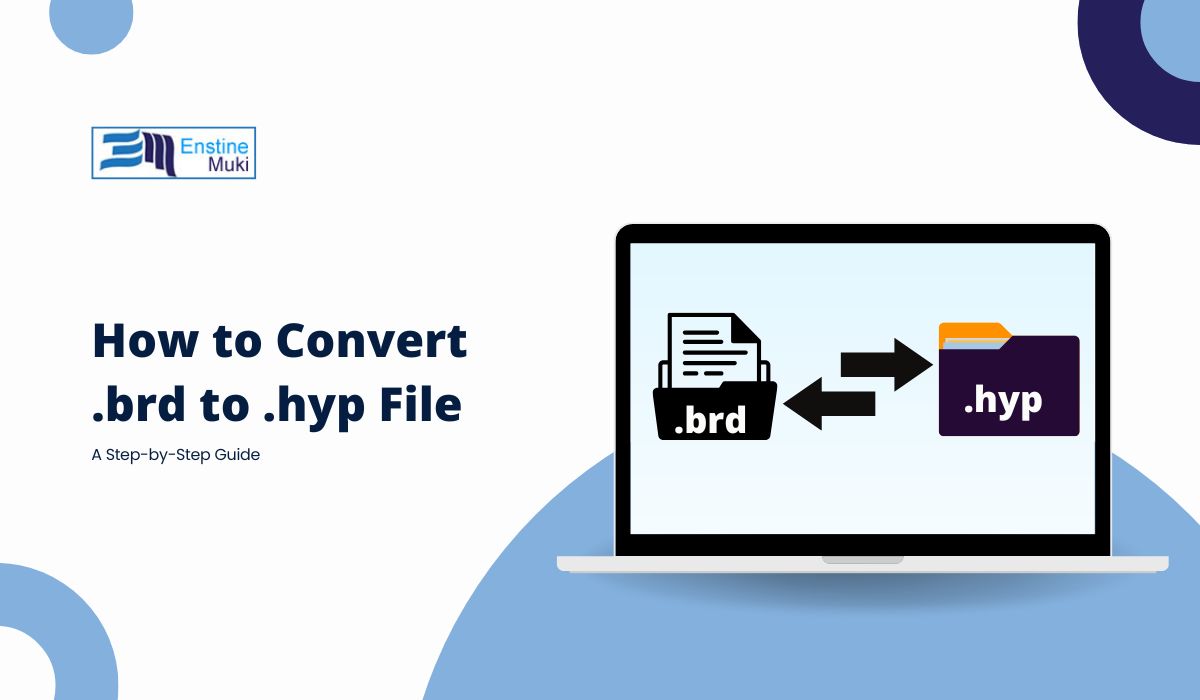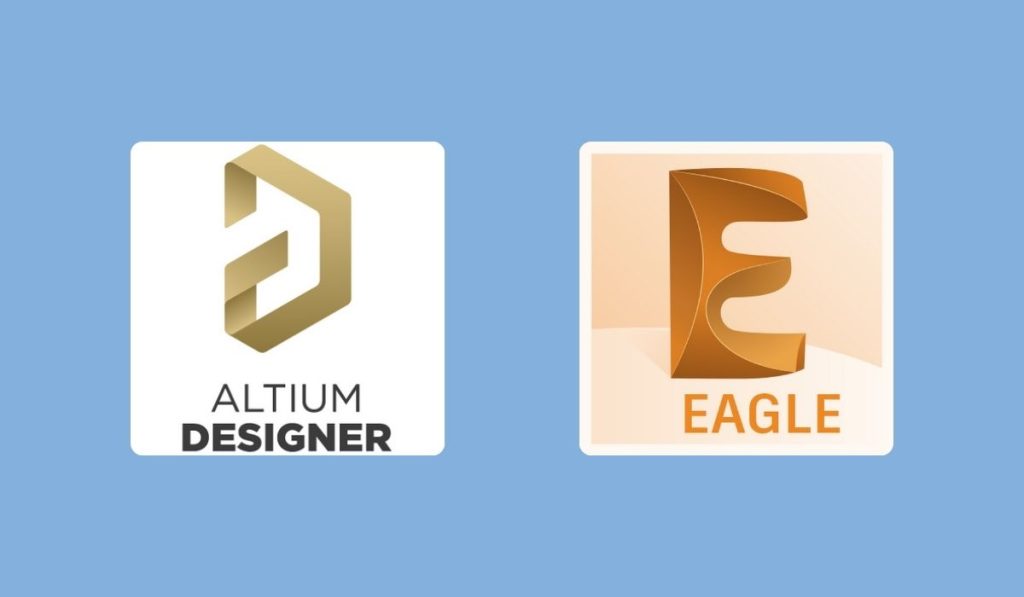Are you looking to convert your .brd files to .hyp files? Whether you need this for PCB design or simulation, we’ve got you covered! In this guide, we’ll show you how to easily convert these file types so you can keep your projects moving forward.
Understanding .brd and .hyp Files
Before we dive into the conversion process, let’s understand what these files are.
What is a .brd File?
A .brd file is commonly used in PCB design software. It contains information about the layout of a printed circuit board (PCB), including component placements and connections. This format is crucial for engineers and designers working on electronic projects.
What is a .hyp File?
A .hyp file is often used in simulation tools like HyperLynx. It contains data for analysis, such as simulation results and other detailed information needed for evaluating PCB performance.
Converting .brd files to .hyp files allows you to analyze and simulate your designs more effectively. This conversion is essential for ensuring your PCB designs perform as expected before production.
Recommended Software for File Conversion
To convert .brd files to .hyp files, you will need the right tools:
- PCB Design Software: Programs like Altium Designer or Eagle can open .brd files.
- Conversion Tools: Some software options offer direct export to .hyp format, while others may require a third-party converter.
- Online Conversion Services: If available, these can also help with conversion without needing to install software.
How to Convert .brd to .hyp File
Steps to Convert .brd to .hyp File:
Step 1: Open the .brd File
Start by opening your .brd file in your chosen PCB design software. For example, if you’re using Altium Designer:
- Launch the software.
- Click on File and select Open.
- Navigate to your .brd file and open it.
Step 2: Export the File
Next, you need to export the file to the .hyp format.
- Go to File and select Export.
- Choose the .hyp format from the available options (if supported by your software).
- Follow any prompts to complete the export process.
If your software doesn’t allow direct export to .hyp, you may need to use a dedicated conversion tool or service.
Step 3: Use a Conversion Tool
If you need to use a conversion tool, follow these steps:
- Open the conversion software or website.
- Upload your .brd file.
- Select the output format as .hyp.
- Click on the Convert button.
- Download the converted .hyp file once the process is complete.
Step 4: Verify the Conversion
After conversion, it’s important to verify that the .hyp file works correctly. Open the .hyp file in your simulation software (like HyperLynx) to ensure all data is intact.
Troubleshooting Common Issues
If you encounter problems during the conversion, here are some common issues and their solutions:
- Conversion Errors: If the tool fails to convert, ensure that the .brd file is not corrupted and is compatible with the converter.
- Missing Data: Check if important design elements are missing in the .hyp file. If so, you may need to adjust settings in your PCB design software before exporting.
- Compatibility Problems: Ensure that the software you are using to open the .hyp file supports the format correctly.
Best Practices for File Management
To keep your files organized and safe:
- Backup Your Original Files: Always keep a copy of your original .brd files in case you need to revert changes.
- Organize Converted Files: Store converted .hyp files in a dedicated folder to make it easy to find and access them later.
Conclusion
Converting .brd files to .hyp files is a valuable skill for anyone working in PCB design and simulation. By following these steps, you can efficiently manage your files and ensure your designs are ready for analysis.
Start converting your files today! If you have any questions or tips about the conversion process, please share them in the comments below. Don’t forget to subscribe for more helpful guides on file management and electronic design!

